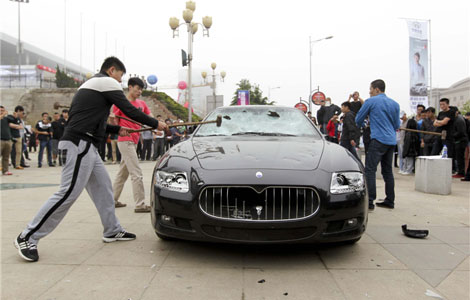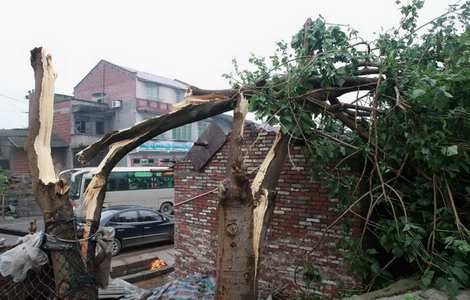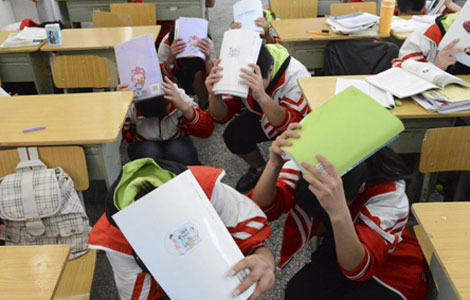
Local governments have lowered their targets for revenue from State-owned assets for this year, reflecting the still-depressed prospects faced by local State-owned enterprises despite the economic growth getting back on track.
The Ministry of Finance on Wednesday published the fiscal budget plans of 29 local and regional governments for 2013.
Among those who have revealed their budget plans for State-owned assets, most are expecting less revenue from State-owned assets compared to 2012.
Liaoning province, a traditional industrial area in northeastern China, expects the sharpest decline, from 2.27 billion yuan ($364 million) in 2012 to a budgeted 270 million yuan for 2013, a decline of 83.7 percent year-on-year.
Another industry-intensive region, Shandong province, also reported sharp decline in projected revenue, down 52.3 percent from the previous year to 860 million yuan.
"The decline is largely a result of the poor performance of State-owned enterprises in the coal, machinery manufacturing, and steel industries," according a statement from the province's financial authority.
Other areas such as Heilongjiang province, the Inner Mongolia autonomous region, and Henan province, have all lowered their revenue targets for State-owned assets by more than 30 percent.
The largest proportion of government revenue from State-owned assets consists of profits made by SOEs, while other sources include dividend income and equity transfer.
In Beijing, profits turned in by SOEs accounted for more than 40 percent of the total revenue from State-owned assets.
Shaanxi province and the Ningxia Hui autonomous region in the northwest are among the few areas that still expect to see a rise in SOE revenue this year.
Local authorities' pessimistic outlook offers further evidence of the problems faced by SOEs.
Data from the Ministry of Finance showed that the total profits of SOEs declined 5.8 percent year-on-year to 2.19 trillion yuan in 2012.
Zhang Qizi, assistant director of the Institute of Industrial Economics at the Chinese Academy of Social Sciences, a top government think-tank, said the profit growth of SOEs was back on track in the second half of last year due to the stabilizing economy.
However, he said, the image of monopoly enterprises mainly refers to SOEs directly under the central government, whereas the performance of SOEs at the local level may not be as good as people think.
"Although many are urging SOEs to turn in more profits, the lower revenue targets set for local SOEs suggest the authorities are trying to lessen the burden on these companies.
The moderated revenue outlook raised concerns that the risks posed by local government debt may be worsening.
A report by Barclays Capital estimated the debt-to-GDP ratio of local governments may be 62 to 97 percent, much higher than the official figure of 16 percent.
"In the mid-term, the top risk comes from local government debt," it said.
Zhang said the lower SOE revenue will not be the major reason for local governments' financial problems as SOE profits only account for a small proportion of their revenue.
In addition, it may indicate a transition in the role played by local SOEs, as they are urged to take more responsibility for issues such as technological upgrading, he said.
However, "the targets for profits turned in by SOEs directly under the central government should be increased to meet the public's expectations".
Contact the writer at weitian@chinadaily.com.cn







